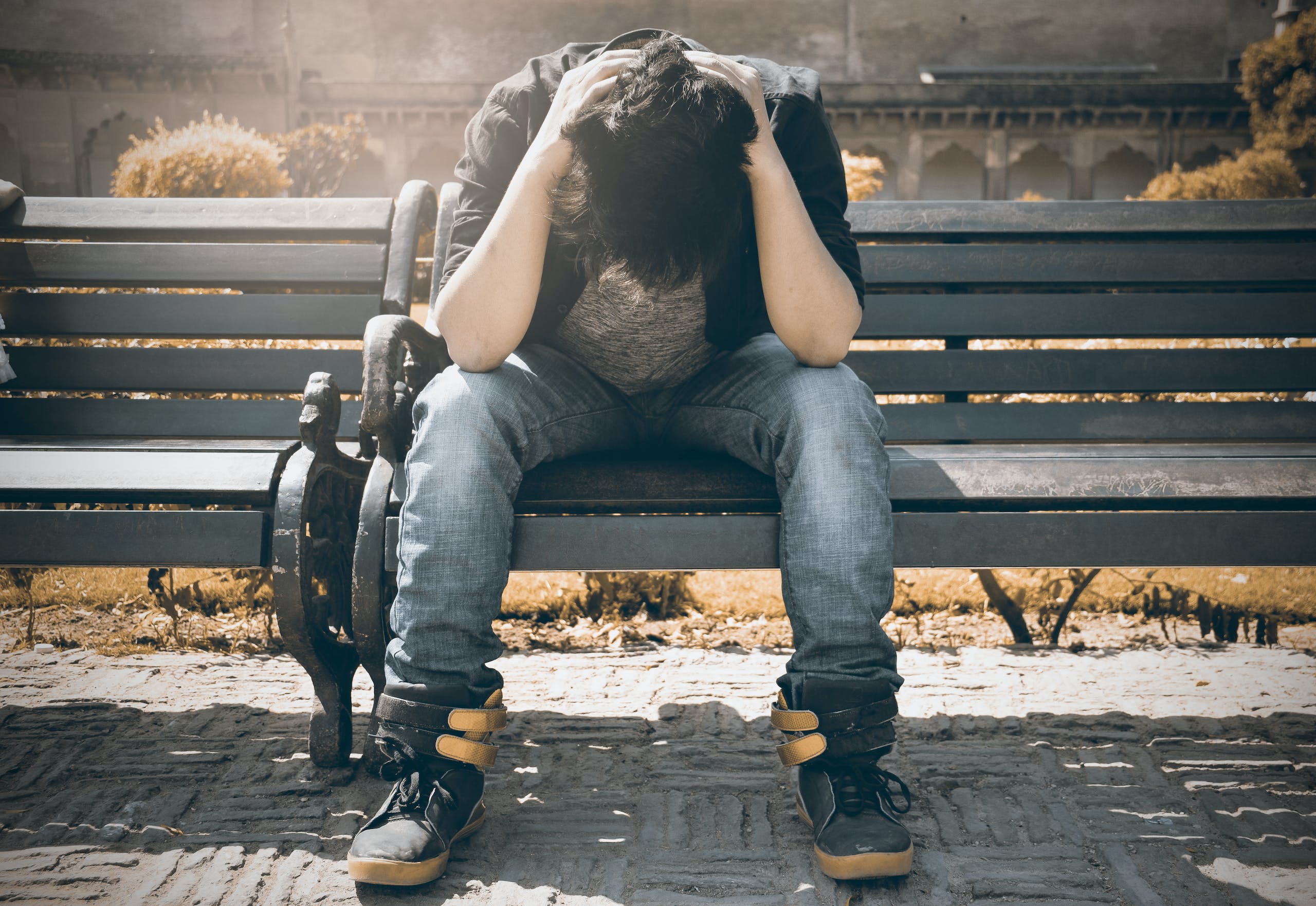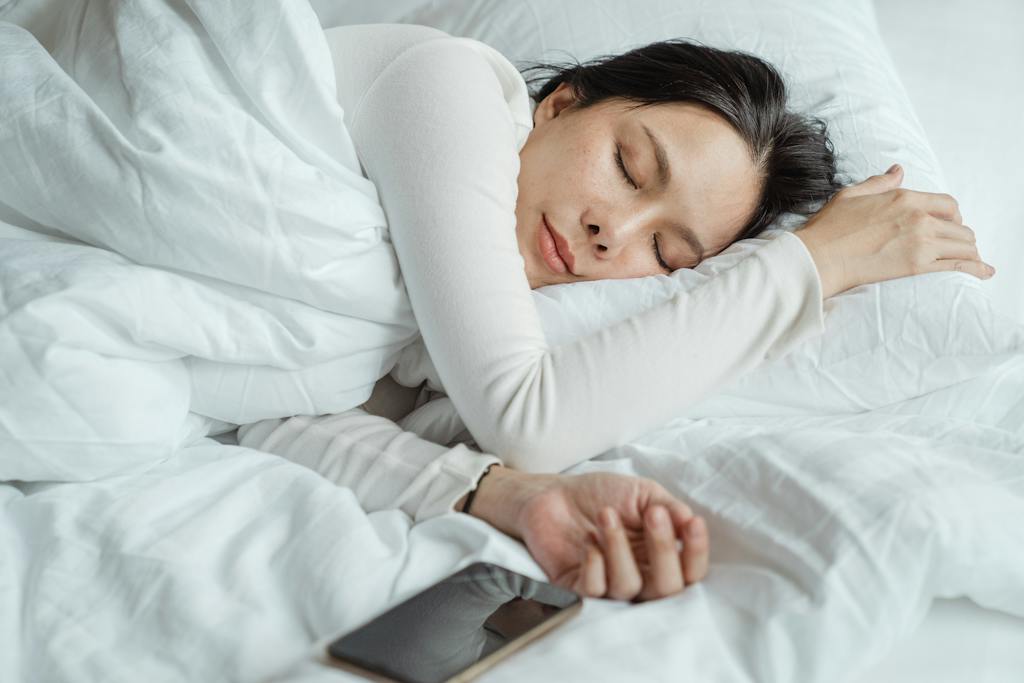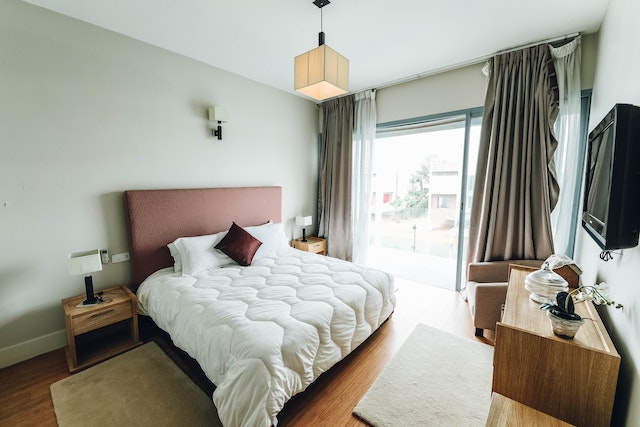Different Stages Of Sleep And What Happens During Each Stage
There are some affiliate links below, but they are all products I highly recommend. For more info, view my disclosure here.
Are you curious about what happens to your body and brain when you sleep? Understanding the different stages of sleep and what happens during each stage can help you improve your sleep habits and overall well-being. Sleep is essential for physical and mental restoration, memory consolidation, and overall health, so it’s important to understand how the different stages of sleep work.
During sleep, your brain and body go through several distinct stages, each with its unique characteristics and functions. As you fall asleep, you enter a light sleep stage, where your body starts to relax, and brain activity slows down.
As you transition to deeper sleep stages, your brain waves slow down even more, and your body goes through different restorative processes. We’ll explore the different stages of sleep and what happens during each stage, so you can better understand the importance of sleep and how to improve your sleep habits.
Stage 1: Light Sleep and Transitioning into Slumber
As you drift off into dreamland, your body eases into a state of light sleep during Stage 1, making it feel like you’re floating on a cloud. During this stage, your brain waves slow down, your breathing becomes more regular, and your muscles begin to relax. This stage typically lasts for 5 to 10 minutes, and it’s easy to be awakened during this time.
As your body transitions into slumber, you may experience hypnic jerks, which are sudden muscle contractions that can cause you to feel like you’re falling. This is a normal occurrence during Stage 1, and it happens because your brain is still processing sensory information from your environment. You may also experience vivid images, like flashes of light or geometric shapes, as your brain begins to produce alpha and theta waves.
Overall, Stage 1 is a necessary part of the sleep cycle. It allows your body and brain to relax before entering deeper stages of sleep. If you find yourself waking up frequently during this stage, try creating a relaxing bedtime routine to help your body ease into sleep more easily. With a little patience and practice, you’ll be able to drift off into dreamland without any trouble.
Stage 2: Entering True Sleep and Brain Wave Changes
When you start to enter true sleep during Stage 2, your brain waves begin to slow down and become more synchronized. This is also the stage where your body temperature drops and your heart rate slows down. However, your brain will still be processing external stimuli, such as sounds and movements, but it won’t wake you up.
During Stage 2, your eyes will stop moving and your muscles will relax. You may also experience occasional bursts of brain activity called sleep spindles, which are believed to be important for memory consolidation. These sleep spindles can last for a few seconds and occur multiple times during the night.
Overall, Stage 2 sleep is a crucial part of the sleep cycle, as it helps to prepare your body for deeper sleep stages. It makes up approximately 50% of your total sleep time and is essential for restoring your body and mind.
Without enough Stage 2 sleep, you may feel groggy and fatigued the next day, as your body didn’t have enough time to fully recharge.
Stage 3: Deep Sleep and Physical Restoration
Get ready for some serious physical restoration during Stage 3 of your sleep cycle, as your brain waves slow down even further and your body enters a state of deep relaxation.
This is the stage where you’ll feel the most difficult to wake up, and if you do, you’re likely to feel groggy and disoriented. But don’t worry, this is completely normal.
During this stage, your brain produces delta waves, which are the slowest and largest brain waves. These waves are associated with deep sleep and are essential for physical restoration.
Your heart rate and breathing slow down, and your muscles relax even further. This is the stage where your body repairs and regenerates tissues, builds bone and muscle, and strengthens the immune system.
As you move through the night, the amount of time you spend in Stage 3 decreases, and your body spends more time in REM sleep, the stage where dreaming occurs.
However, deep sleep is still important, and if you don’t get enough, you’ll feel tired and irritable during the day. Make sure you’re getting enough sleep and try to establish a consistent sleep schedule to help your body get the rest it needs.
Stage 4: REM Sleep and Dreaming
REM sleep is where we experience vivid dreams and our brains consolidate memories and learning. It’s the final stage of the sleep cycle and typically occurs 90 minutes after we fall asleep. REM stands for Rapid Eye Movement, which is a telltale sign of this stage as our eyes move rapidly back and forth underneath our eyelids.
During REM sleep, our brain activity is similar to when we’re awake, and our muscles become temporarily paralyzed to prevent us from acting out our dreams. This is why we sometimes wake up feeling like we were trying to run or fly in our sleep.
REM sleep is also important for emotional regulation, as it helps us process and regulate our emotions from the previous day. Interestingly, babies spend much more time in REM sleep than adults, with up to 50% of their sleep time spent in this stage. This is thought to be because their brains are rapidly developing and consolidating new information.
As we age, the amount of time we spend in REM sleep decreases, but it’s still a vital stage of sleep for memory consolidation, emotional regulation, and overall cognitive function.

Improving Your Sleep Habits for Better Health and Well-Being
Enhancing the quality of your sleep has a profound impact on your overall health and well-being, and there are several simple habits you can adopt to improve your sleep hygiene.
It’s important to establish a consistent sleep schedule by going to bed and waking up at the same time every day, even on weekends. This helps regulate your body’s internal clock and improves the quality of your sleep.
Creating a relaxing bedtime routine can also improve your sleep habits. This can include activities such as taking a warm bath, reading a book, or practicing meditation. By doing so, you’re signaling to your body that it’s time to wind down and prepare for sleep.
It’s important to create a sleep-conducive environment. This can include investing in a comfortable mattress and pillows, minimizing noise and light, and keeping the temperature in your bedroom cool and comfortable.
By creating a space that promotes sleep, you’re increasing the likelihood of falling asleep faster and staying asleep longer. By adopting these simple habits, you can improve your sleep hygiene and reap the benefits of better health and well-being.

Now that you know about the different stages of sleep and what happens during each stage, it’s time to improve your sleep habits for better health and well-being.
Start by establishing a consistent sleep schedule, even on the weekends. Avoid caffeine and alcohol before bed and create a relaxing bedtime routine to help you unwind and prepare for sleep.
Make sure your sleeping environment is comfortable and conducive to sleep, with a comfortable mattress, pillows, and bedding. Keep your bedroom cool, dark, and quiet, and limit screen time before bed.
By making these changes and prioritizing good sleep habits, you can improve your overall health, mood, and cognition, and wake up feeling refreshed and ready to tackle the day.
Here’s to a good night’s sleep!






